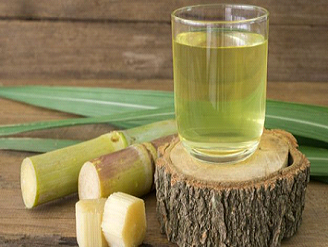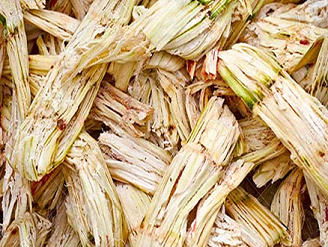

Bagasse is bi product of sugar cane fibre which is left after the juice has been extracted from the sugar cane. It’s a recycled, annually renewable raw material. Bagasse is not only an agricultural waste, it is 100% compostable recycled material. Using sugarcane pulp as a raw materials preserves forests. While 5 tonnes of wood are needed to produce 1 tonne of pulp for paper. Only 1.5 tonnes of sugarcane pulp are needed to produce the same amount. It is used in two forms: moulded fibre products and paper.
Moulded fibre products
Moulded bagasse fibre products make up the basis of our range of takeaway containers, bowls and plates and trays. They have a natural look and feel and even though they feel like paper they are strong and hold their shape well. Bagasse products can hold hot food, cold food and liquids, and are microwave and oven safe for up to 200.C for 20 minutes. It is Sturdy and functional, with a high resistance to heat, water oil and freezer. Bagasse products are natural fiber products and it biodegrades within 120 days in a commercial composting facility. When bagasse products degrade, they provide natural ingredients back to environment since they are made from natural, organic and renewable materials. Bagasse products are perfect alternatives to petroleum based Styrofoam and plastic products which take thousands of years to degrade.
Paper and Board
Sugarcane fibre / bagasse is mixed with wood pulp to create bagasse paper and board. The mix of bagasse and wood pulp is a minimum of 60% bagasse pulp. Our serviettes are made from bagasse paper.
Benefits and unique features of Bagasse products
Bagasse is a waste material from the sugar industry. Bagasse is annually renewable. It’s certified GM-free. Bagasse is a tree-free paper. It is home compostable and will biodegrade into natural materials if exposed to bacteria, moisture and heat. Bagasse products are recyclable with other paper products as long as they have not absorbed any grease from food.
